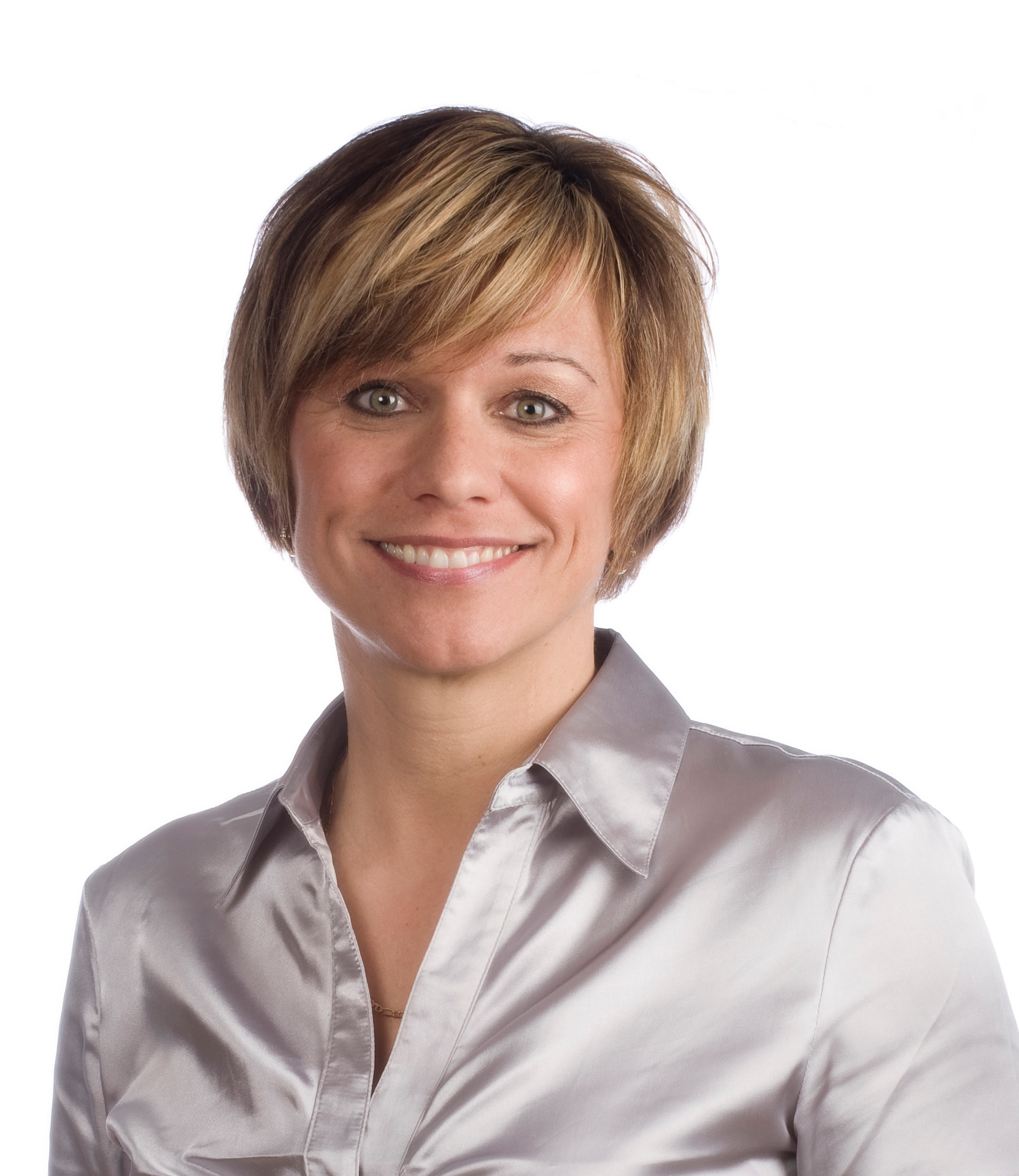Kamloops Mortgage Info: Understanding the Trends Behind Mortgage Rates

How, exactly, are mortgage rates offered by lenders determined? Many Canadian mortgage holders are surprised to learn that the pricing for variable-rate and fixed-rate mortgages are determined by two different means.
First, let’s look at the pricing of variable-rate or “floating rate” mortgages. The rate for these mortgages is tied directly to the Prime rate, which is set by the Bank of Canada, usually through regularly scheduled announcements. A competitive variable rate mortgage is now commonly available at Prime (now at 2.50%) minus 0.60%, or even lower in some cases. Those with variable rate mortgages need to keep an eye on the Prime rate and should keep in contact with a mortgage professional, who can explain interest rate trends.
Pricing for fixed rate mortgages follows a separate dynamic, and is a bit more complex. Fixed-rate mortgages are priced in relation to the bond markets, as bonds are the main competing investment to mortgages for investors. Mortgages are priced higher than bonds, usually between about 1.20% and 1.90%, to account for higher risk of default and administration costs incurred by investors who hold mortgages as opposed to relatively hassle-free bonds.
The most popular type of mortgage in Canada is currently the five year fixed-rate mortgage. Discounted rates for this type of mortgage (available through a mortgage broker) have been trending upwards in recent weeks and currently stand at about 4.29%.
With rates for both variable and fixed mortgages relatively low, consumers must decide based on their own preferences and unique circumstances. A mortgage broker can help consumers evaluate their mortgage options and make an optimal choice.
Brenda Colman, Mortgage Consultant, Invis Kamloops P. 250-318-8118 E. ac.sivninull@namlocadnerb W. www.BrendaColman.ca
 Purchasing a home in Kamloops is one of the biggest purchase most of us will ever make, and a mortgage can also be a powerful financial tool. No surprise then that a growing number of Canadians have started to ask some smart questions about their mortgage when considering purchasing real estate. In fact, more than 40% of all Canadian mortgages are now arranged through mortgage brokers. Why? Read on;
Purchasing a home in Kamloops is one of the biggest purchase most of us will ever make, and a mortgage can also be a powerful financial tool. No surprise then that a growing number of Canadians have started to ask some smart questions about their mortgage when considering purchasing real estate. In fact, more than 40% of all Canadian mortgages are now arranged through mortgage brokers. Why? Read on; Are you thinking about buying a home in Kamloops and are wondering what role your credit score plays? I have included some information below regarding credit scores and mortgage financing and how it will affect your real estate purchase.
Are you thinking about buying a home in Kamloops and are wondering what role your credit score plays? I have included some information below regarding credit scores and mortgage financing and how it will affect your real estate purchase.